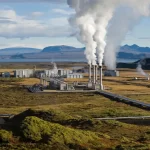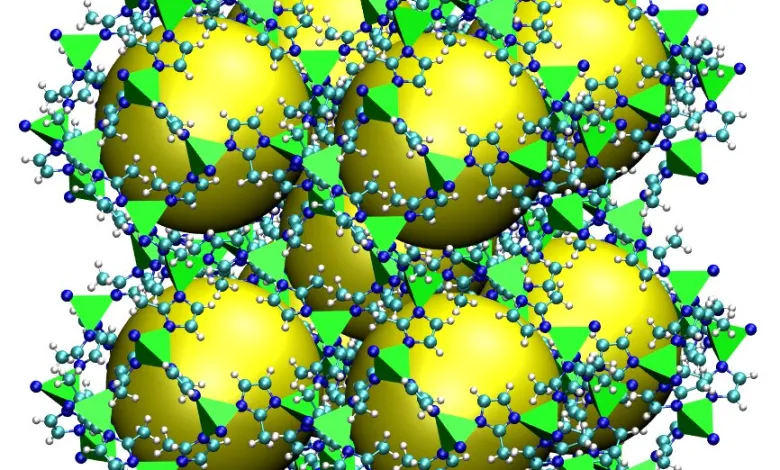Carbon capture technologies are measures used to reduce greenhouse gas emissions, often overlooked and overshadowed by the growth of renewable energy – which is undoubtedly the most important strategy for weaning off our dependence on fossil fuels, the Intergovernmental Panel on Climate Change recently recognized the importance of carbon capture And removing it is an essential part of fighting climate change. So, what is carbon capture and storage, and what carbon capture technologies do we have in place today?
What is carbon capture and storage?
Carbon Capture and Storage (CCS) refers to the process of capturing and storing carbon dioxide, mostly underground, while most people might think that CCS is a completely new concept since the recent emergence of direct air capture (DAC) projects, the technologies that Capturing carbon dioxide directly from the air has been around since the 1970s Direct air capture is only a small part of the carbon dioxide capture and storage industry.
According to the latest report of the Intergovernmental Panel on Climate Change (IPCC), carbon capture technologies are not only an alternative, but an “inevitable” to reduce global greenhouse gas emissions and limit global warming to less than 1.5°C. While the costs and energy requirements for direct air capture operations are still high, the concurrent development of conventional methods for CCS remains relevant.
Here are three currently available carbon capture technologies that we must scale to achieve global net zero goals.
1. Traditional carbon capture and storage methods
Instead of capturing carbon dioxide directly from the air, traditional methods of capturing and storing carbon dioxide capture it at specific pollution sources. Because we know that point source electricity generation is the world’s largest contributor to greenhouse gas emissions, this method can be effective in Identify and capture emissions from fossil fuel stations, eg.
The disadvantage is that it is almost impossible to capture carbon from unidentified sources, such as transportation, as a sector that accounts for a quarter of emissions in the United States, in order to store it underground, carbon dioxide must first be compressed at high pressure, and to do so, it must be separated from other gases and pollutants. Although it is not a particularly difficult process, it can be costly. This method is cheaper compared to direct air capture methods.
Direct air capture seems more attractive to governments due to the fact that the implementation of DAC is less restrictive than traditional methods, the latter of which greatly require the autonomy and cooperation of industries, at the same time, the public is opposed to the idea of additional subsidies for these big polluters. But this suggests that we have the potential to scale up CCS technology more quickly if industries are offered incentives to adopt these traditional methods. Here are some current methods for separating pure CO2 from impurities.
2. Carbon absorption
Absorption is a post-combustion method of capturing carbon dioxide. The flue gas (combustion exhaust gas produced in power plants) generated during combustion is required to be directed to a scrubber to separate the carbon dioxide from other gases. The only chemicals that have been used commercially are amines and derivatives of ammonia.
The carbon dioxide reacts with the amines in the scrubber to form a soluble carbonate salt, and then it is conveyed and heated in a kettle to reverse the chemical reaction, dissolving the carbonate salt into pure carbon dioxide and amines, the pure carbon dioxide will be compressed and transported to the storage site while The amines are reused to absorb more carbon dioxide in the scrubber.












